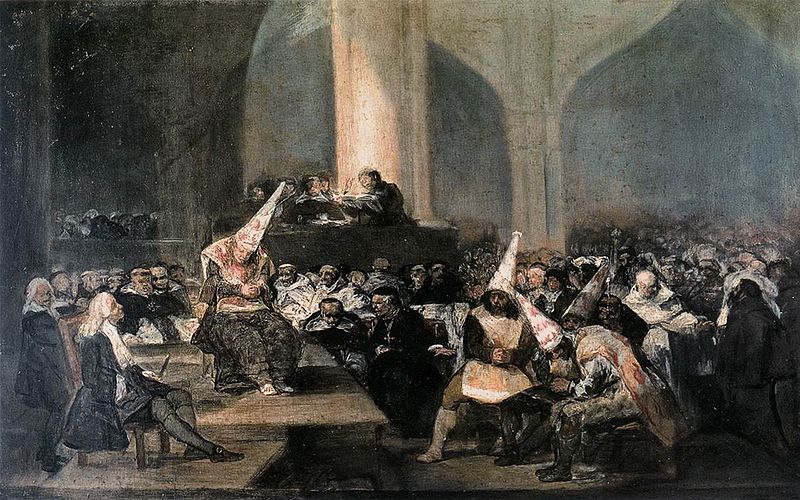 It's very appropriate that the New York Times highlight one of the developing, perhaps major religious news stories. And it's even better, most of the time, when that story is told by religion writer Laurie Goodstein, who has a gift for nuance and ability to give her readers revealing details about her subjects in a way that is spare, usually undramatic, but enlightening.
It's very appropriate that the New York Times highlight one of the developing, perhaps major religious news stories. And it's even better, most of the time, when that story is told by religion writer Laurie Goodstein, who has a gift for nuance and ability to give her readers revealing details about her subjects in a way that is spare, usually undramatic, but enlightening.
So I was a little taken aback by the way she handled what's likely to be a hot topic for a while -- several Vatican investigations of American nuns. The article has a lot of good, informative material -- but some very distracting flaws.
Here's the lede. Read it and ask yourself: is Goodstein taking sides here?
The Vatican is quietly conducting two sweeping investigations of American nuns, a development that has startled and dismayed nuns who fear they are the targets of a doctrinal inquisition.
Nuns were the often-unsung workers who helped build the Roman Catholic Church in this country, planting schools and hospitals and keeping parishes humming. But for the last three decades, their numbers have been declining -- to 60,000 today from 180,000 in 1965.
While some nuns say they are grateful that the Vatican is finally paying attention to their dwindling communities, many fear that the real motivation is to reel in American nuns who have reinterpreted their calling for the modern world.
Who do you think of when you hear the words "sweeping investigation?" And how about the word "inquisition?" Right. Let's move on -- the "oft-unsung" nuns who have adapted to the "modern" world seem to be the heroes of this story.
Part of the problem here is that you have a natural tension between the investigators, notably "apple-cheeked" and habited Mother Mary Clare Millea, and the nuns under investigation. Unless you already think "about time these nuns got their comeuppance," or have been keeping up with the story of U.S. nuns, as a reader your sympathies are probably more likely to lie with those being "investigated." The fact that Goodstein quotes liberal nuns in academia and a journalist with strong opinions (formerly a religion writer for the New York Times!) really doesn't help.
What are the doctrinal issues? How come they don't get discussed?
Where are the moderates -- the nuns who feel called to life in the world, may or may not wear a habit, but aren't universalists or even into Reiki? Where are the nuns who taught my daughter?
More to the point -- what prompted this investigation? OK, so the Vatican provided "only a vague rationale." Did Goodstein ask Mother Millea? I know you aren't supposed to be pushy with nuns, but even a "no comment" would have told us something. To her credit, however, Goodstein gives Millea a lot of space to explain the visitations and the standards by which they are being evaluated.
Yes, it's a challenge to write a story like this one, where much of the intepretation depends on church historians, journalists or the subjects of the visitations themselves. Possibly gaining access to Millea herself was something of a coup, although one has to believe that it was authorized by a higher-up. It's clearer (who leaked the letter from Cardinal Levada?) why the Leadership Conference of Women Religious is being examined.
Goodstein notes that we don't know what the Vatican did or didn't do as a result of the previous visitations. Given that there are nuns willing and interested in talking to the media, I suspect we'll be hearing more -- from one of the sides. But there are many angles to this story, many sides and many opinions. Polarizing it doesn't serve either the Vatican or the diverse group of U.S. nuns -- who remain, in this story, basically "unsung."
P.S. Tmatt was already on to the story, and has some good background on Sinsinawa Dominican Sister Laurie Brink's 2007 address to the Leadership Conference of Women Religious -- which could have set many dovecots aflutter. If you want to read the whole address, Rod Dreher has a link -- and commentary.
A Roman Catholic "inquisition," portrayed by Goya -- from Wikimedia Commons
